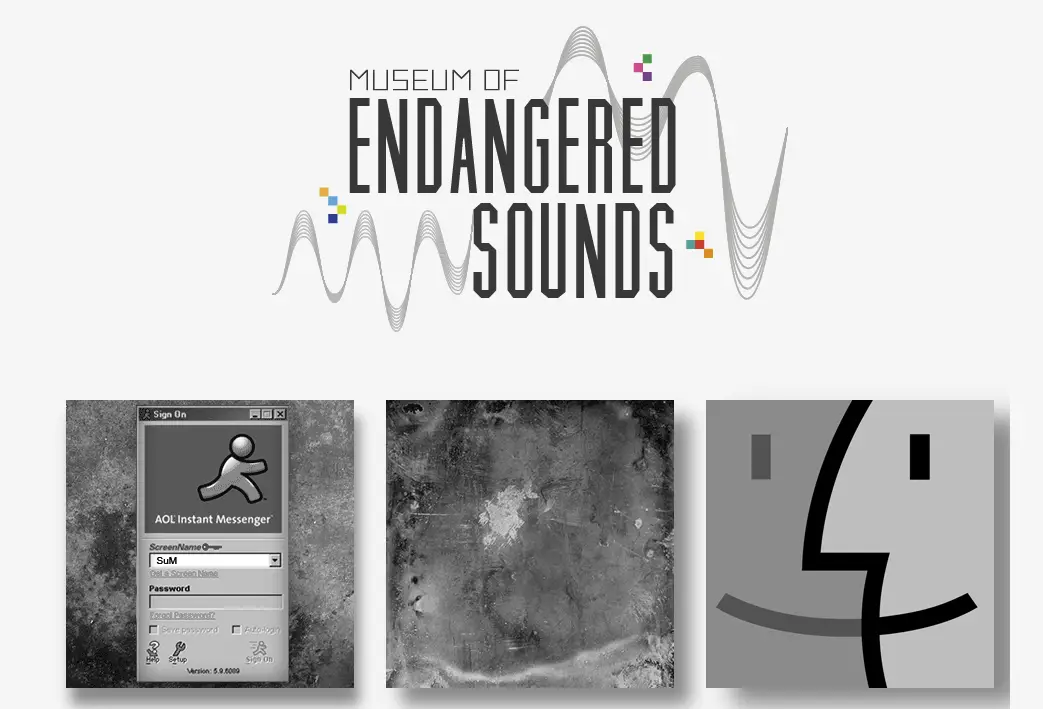Modern slang can be pretty tricky to understand. Besides, it’s constantly evolving, and you might be unable to keep up with new trends or memes that have suddenly become popular. That’s why you should check the new, unfamiliar phrases from time to time, so you can understand how to use this or that word and not get into an awkward situation where you accidentally offend people with the wrong slang expression. For example, I came across the phrase ‘Low-Key’ for the first time not too long ago. Do you know what it means?
Low-key is an adjective that means relatively calm, subdued, or modest. It can also describe a person’s behavior or attitude that is understated and not showy. For example, a low-key party is more casual and relaxed, and a low-key person does not draw much attention to themselves. Let’s take a closer look at all the possible interpretations of the word “low-key” so that you understand more clearly what it means.
What does ‘Low-Key’ mean?
The term “low-key” is often used to describe a situation or event that is not overly exciting or elaborate. For example, a low-key party might be one where guests are invited to come and socialize in a casual setting rather than a heavily planned and formal one.
It can also describe a person who is not very outgoing or attention-seeking. They are usually the one who is more reserved, laid-back, and not likely to draw attention to themselves. They are also not prone to exaggerated emotions and might be seen as calm, composed, and easygoing.
In photography, low-key refers to an image with mostly dark tones and very few highlights. This creates a moody and dramatic effect, as opposed to a high-key image, which is dominated by light tones and has a bright and airy feel. In the context of the conversation, low-key can also be used as an adverb meaning quietly or relaxed, for example, “I’m just going to low-key hang out at home tonight.”
What does ‘Low-Key’ means in slang
In slang, “low-key” can be used as an adverb to indicate that someone is being secretive or subtle about something they are expressing or feeling. For example, someone might say, “I’m low-key in love with her,” to indicate that they have strong feelings for someone but don’t want to reveal them too openly or be too obvious about it. This can also be used in the negative, such as “I’m low-key mad,” meaning someone is quietly or subtly angry about something but not expressing it openly.
It can also be used to express something without drawing too much attention to it, for example, “I low-key want to win the competition,” meaning someone wants to win but doesn’t want to appear too desperate.
It is important to note that the meaning and usage of slang words can vary based on region, age group, and social context, so it’s always good to pay attention to the context in which the word is being used.
What is ‘High-Key’?
“High-Key” is a slang term often used to indicate the opposite of “low-key.” It describes something undeniable or someone very open and vocal about their feelings or opinions. For example, someone might say, “I’m high-key in love with her,” to indicate that they have powerful feelings for someone and are not hiding or being subtle about it.
It can also indicate that someone is very enthusiastic or excited about something, for example, “I’m high-key about this new project,” meaning someone is very excited about it. Otherwise, it can be used negatively, meaning someone is very open about being upset, angry, or disappointed. Like “low-key,” the meaning and usage of “high-key” can vary based on region, age group, and social context, so it’s always good to pay attention to the context in which the word is used.
In photography, “high-key” refers to images with mostly light tones and a few dark areas. This creates a bright and airy feel, with a high degree of contrast between the light and dark areas. High-key images often have a lot of white or very light-colored areas, and the overall effect is one of brightness and positivity. High-key images are often used in portrait and fashion photography to create a flattering and attractive look. It is also used in commercial and advertising photography where a bright and clean image is needed.






